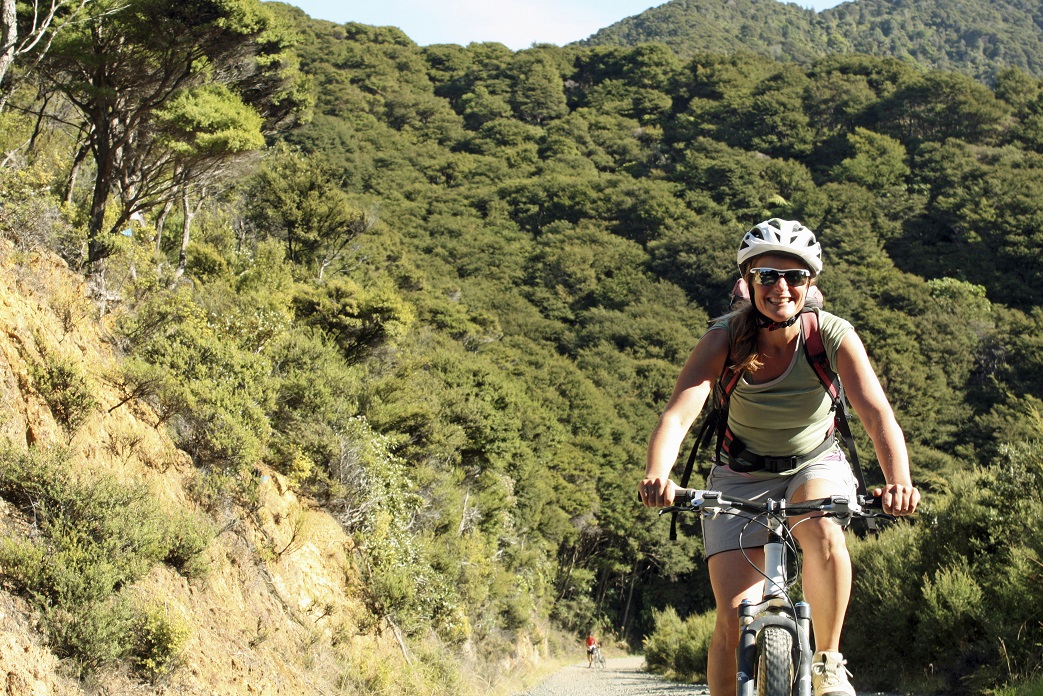Visiting a forest?
Stop the spread of disease. Check out our 'How to guides'
Read here about "Visiting a forest?"Kauri are threatened by a pathogen called Phytophthora agathidicida (PA for short) which causes kauri dieback disease. We can protect kauri by stopping the PA pathogen from spreading.
Kauri grow in the Northland, Auckland and Waikato regions of Aotearoa, and in parts of the Bay of Plenty. If you’re in a native bush area in the upper North Island, it's likely you’ll be near Kauri.
Kauri are threatened by a soil-borne pathogen called Phytophthora agathidicida (PA for short). This pathogen infects Kauri trees through their roots and restricts their ability to transport water and nutrients between their roots and their leaves, causing the condition known as kauri dieback disease, which eventually starves the Kauri.
The PA pathogen can infect Kauri of any age, and symptoms of disease can take years to become outwardly visible.
The survival of Kauri depends on all of us taking actions to protect Kauri and reduce the spread of the PA pathogen.
Watch this short video to find out more about how to protect kauri.
Hygiene stations are available at the entry to some forests. You must use all hygiene stations you encounter - this is Rule 9 of the National Plan. Watch this video from the Department of Conservation on how to use the cleaning stations.
It’s vital that footwear and other gear is cleaned and disinfected before going near Kauri, and again before leaving an area with Kauri, regardless of how long it has been in storage.
Watch this video from the Department of Conservation on how to use the cleaning stations.

Stop the spread of disease. Check out our 'How to guides'
Read here about "Visiting a forest?"